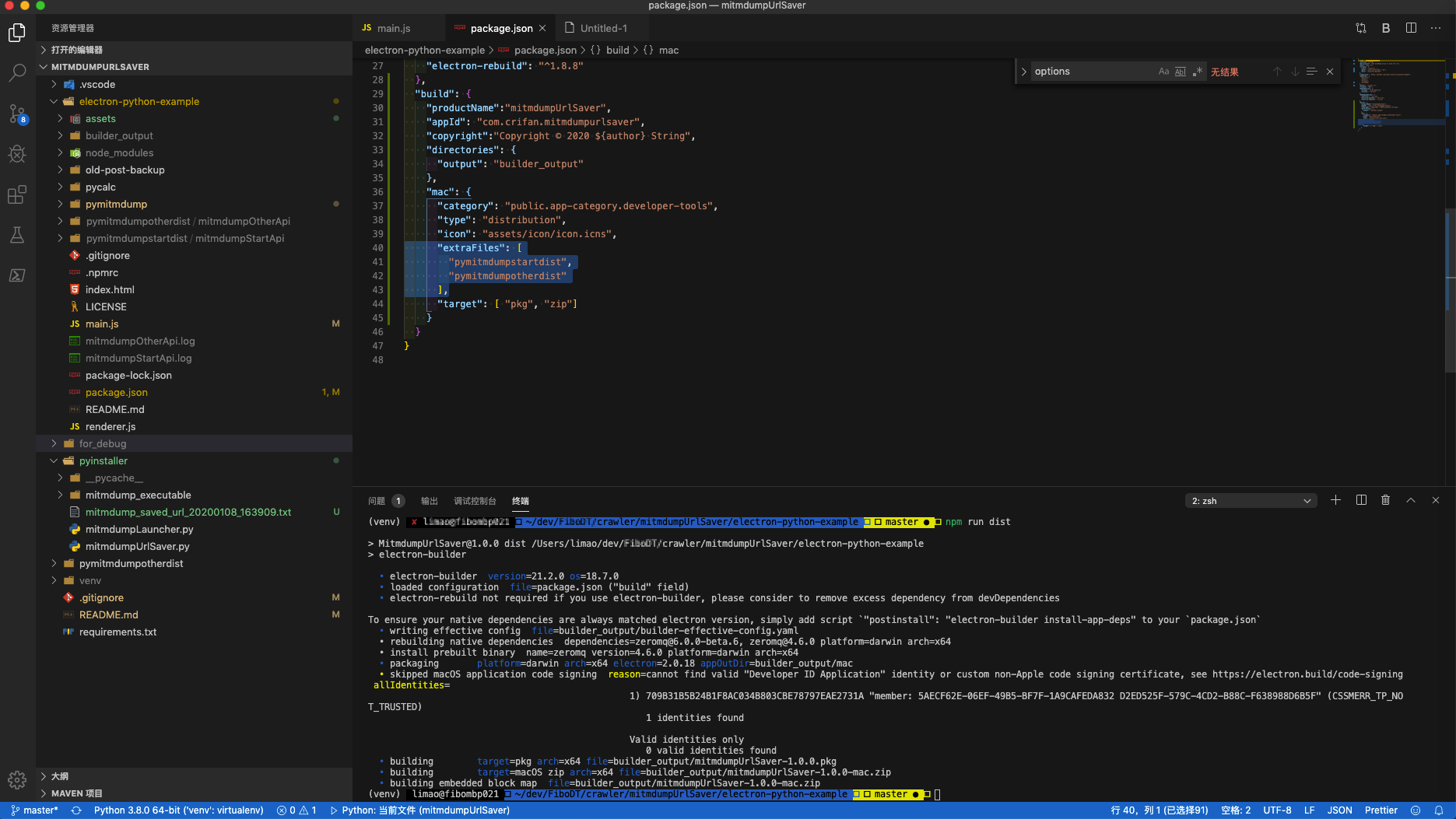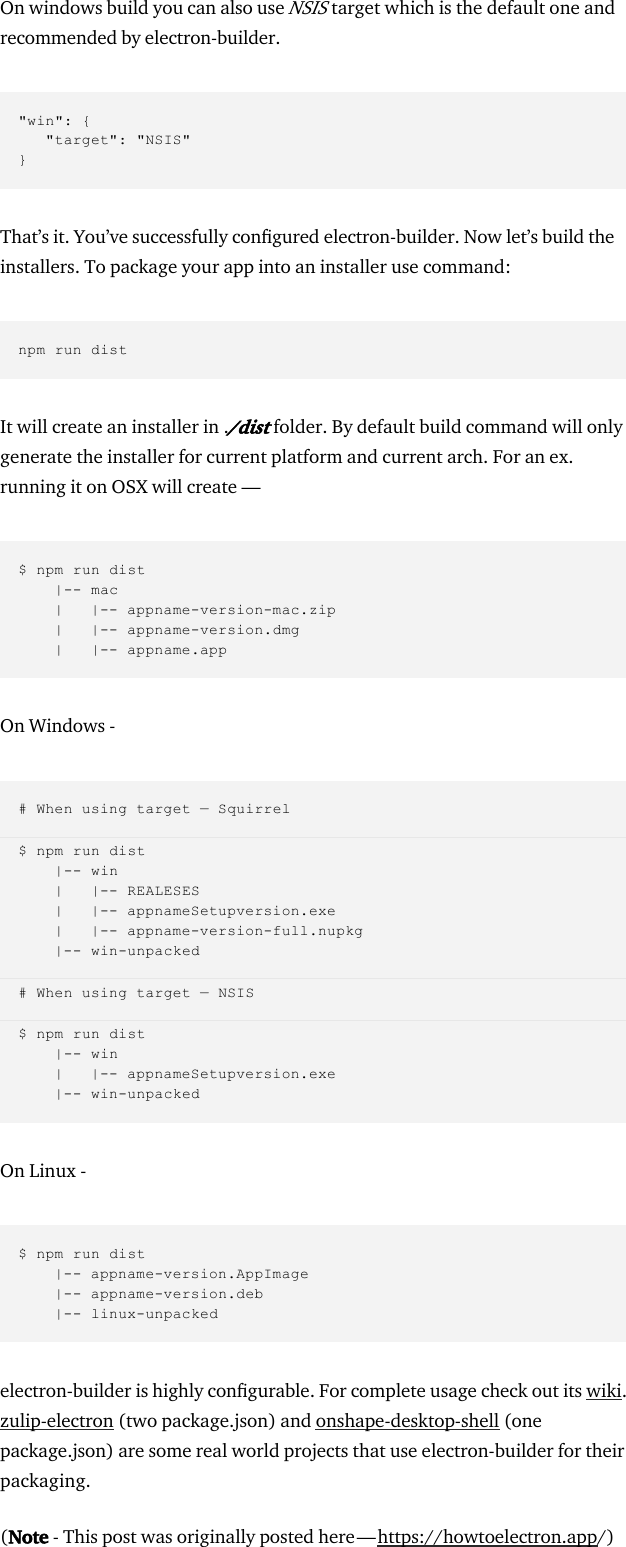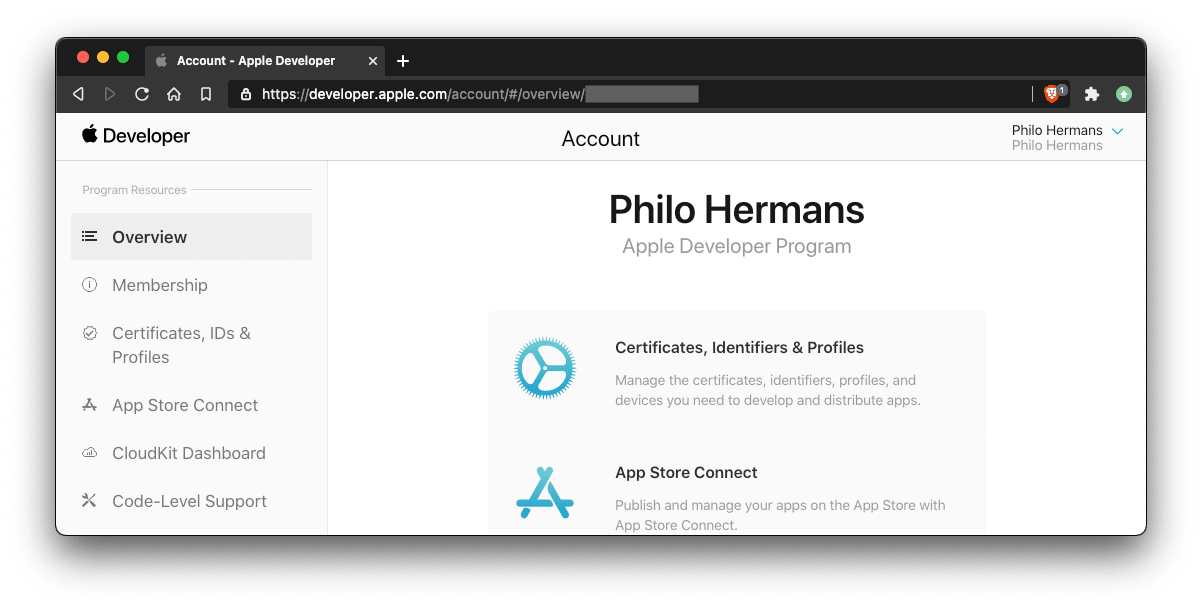- Electron-builder Mac Target Zip Dmg
- Electron-builder Mac Target Zip Dmg File Size
- Electron-builder Mac Target Zip Dmg File
- Electron-builder Mac Target Zip Dmg Software
The top-level mac key contains set of options instructing electron-builder on how it should build macOS targets. These options applicable for any macOS target.
categoryString - The application category type, as shown in the Finder via View -> Arrange by Application Category when viewing the Applications directory.For example,
'category': 'public.app-category.developer-tools'will set the application category to Developer Tools.Valid values are listed in Apple's documentation.
targetString | TargetConfiguration - The target package type: list ofdefault,dmg,mas,mas-dev,pkg,7z,zip,tar.xz,tar.lz,tar.gz,tar.bz2,dir. Defaults todefault(dmg and zip for Squirrel.Mac).identityString - The name of certificate to use when signing. Consider using environment variables CSC_LINK or CSC_NAME instead of specifying this option. MAS installer identity is specified in the mas.icon=build/icon.icnsString - The path to application icon.entitlementsString - The path to entitlements file for signing the app.build/entitlements.mac.plistwill be used if exists (it is a recommended way to set). MAS entitlements is specified in the mas.entitlementsInheritString - The path to child entitlements which inherit the security settings for signing frameworks and bundles of a distribution.build/entitlements.mac.inherit.plistwill be used if exists (it is a recommended way to set). Otherwise default.This option only applies when signing with
entitlementsprovided.provisioningProfileString - The path to the provisioning profile to use when signing, absolute or relative to the app root.bundleVersionString - TheCFBundleVersion. Do not use it unless you need to.bundleShortVersionString - TheCFBundleShortVersionString. Do not use it unless you need to.darkModeSupport=falseBoolean - Whether a dark mode is supported. If your app does have a dark mode, you can make your app follow the system-wide dark mode setting.helperBundleId=${appBundleIdentifier}.helperString - The bundle identifier to use in the application helper's plist.type=distribution'distribution' | 'development' - Whether to sign app for development or for distribution.extendInfoany - The extra entries forInfo.plist.binariesArray - Paths of any extra binaries that need to be signed.minimumSystemVersionString - The minimum version of macOS required for the app to run. Corresponds toLSMinimumSystemVersion.requirementsString - Path of requirements file used in signing. Not applicable for MAS.electronLanguagesArray | String - The electron locales. By default Electron locales used as is.extraDistFilesArray | String - Extra files to put in archive. Not applicable fortar.*.hardenedRuntime=trueBoolean - Whether your app has to be signed with hardened runtime.gatekeeperAssess=falseBoolean - Whether to let electron-osx-sign validate the signing or not.
And all common platform-specific options.
- The app size for this is 166 MB and the dmg is about 56 MB. Best hacker app for mac for hacking wifi. Any macOS Target. The top-level mac key contains set of options instructing electron-builder on how it should build macOS targets. These options applicable for any macOS target.
- The DMG target builds.dmg files, which are the standard format for sharing macOS apps. The DMG acts like a zip file, but provides an easy way for users to take the app and put it in the /Applications directory. You can only build the DMG target on macOS machines. Configuration options are documented in MakerDMGConfig.


1.electron-builder组件使用原因 electron-vue 组件无法创建vue-cli 3.0项目,改用electron-builder插件https://n.
Recently I released my first Electron application. When my application was ready to be released, it was required to have it notarized by Apple, or else nobody could use my your application. Although there are quite a few articles on this matter, it still took some trial and error because I ran into a couple of problems that were not mentioned. To save others some time figuring these things out, I've created this walkthrough to get you started.
Electron Builder
I've used Electron Builder together with the Electro Builder Vue CLI to build my first application. According to the official Electron website, it's described as a 'complete solution to package and build a ready-for-distribution Electron app that focuses on an integrated experience.'
From my experience, Electron Builder works excellent during development, but it seems a bit buggy in regards to making your application available to the general public. I've experienced some issues with notarizing and publishing. So I might give Electron Forge (maintained by Electron) a try for my next application to see how that works compared to Electron Builder (maintained by a third-party).

Apple Developer Program
In order to distribute your Electron app on macOS, you need to participate in Apple's Developer Program, which costs $99 per year. You can sign up for an developer account at https://developer.apple.com.
Head over to your Developer Portal and click on 'Certificates, IDs & Profiles.'
.png)
Next, head over to 'Certificates' and click the blue plus icon to create a new certificate. Depending on your distribution wishes, you need to select a certificate type. In this example, we will go ahead and select 'Developer ID Application,' which reads, 'This certificate is used to code sign your app for distribution outside of the Mac App Store.'
Next up, we need to upload a 'Certificate Signing Request.' You can create this with the Keychain Tool on your Mac. You can find this application in /Applications/Utilities
Next, choose Keychain Access > Certificate Assistant > Request a Certificate from a Certificate Authority. Fill out the form:
User Email Address:
Common Name:
CA Email Address:
Request is: Saved to disk
This will create a new file .certSigningRequest. Head back to Apple's Developer Portal again and upload the certificate signing request.
Now download your certificate to your Mac, then double click the .cer file to install in Keychain Access. If you don't do this, you will get some strange errors from Apple when notarizing your application, which doesn't tell you anything useful:
Configure after sign hook
Electron Builder also uses Electron Notarize behind the scenes. For example, this is the afterSignHook.js I'm using:
Make sure you adjust the appId to your app's name; the convention is country.company.appname. Finally, you need to set your Apple ID and password. It's recommended not to include your credentials in your code, so please use environment variables when possible. There is no API key you can use instead of a password but you can at least generate app specific passwords, so you don't need to write your personal password. Apple will provide you with something like edqv-akmn-hasr-tyui.
That should do it. You should now be able to successfully notarize your application with the npm run osx:build command.
Tip: If you want to know more about the inner workings of how your application is signed and notarized, look at the electron-osx-sign and electron-builder-notarize NPM package.

1.electron-builder组件使用原因 electron-vue 组件无法创建vue-cli 3.0项目,改用electron-builder插件https://n.
Recently I released my first Electron application. When my application was ready to be released, it was required to have it notarized by Apple, or else nobody could use my your application. Although there are quite a few articles on this matter, it still took some trial and error because I ran into a couple of problems that were not mentioned. To save others some time figuring these things out, I've created this walkthrough to get you started.
Electron Builder
I've used Electron Builder together with the Electro Builder Vue CLI to build my first application. According to the official Electron website, it's described as a 'complete solution to package and build a ready-for-distribution Electron app that focuses on an integrated experience.'
From my experience, Electron Builder works excellent during development, but it seems a bit buggy in regards to making your application available to the general public. I've experienced some issues with notarizing and publishing. So I might give Electron Forge (maintained by Electron) a try for my next application to see how that works compared to Electron Builder (maintained by a third-party).
Apple Developer Program
In order to distribute your Electron app on macOS, you need to participate in Apple's Developer Program, which costs $99 per year. You can sign up for an developer account at https://developer.apple.com.
Head over to your Developer Portal and click on 'Certificates, IDs & Profiles.'
Next, head over to 'Certificates' and click the blue plus icon to create a new certificate. Depending on your distribution wishes, you need to select a certificate type. In this example, we will go ahead and select 'Developer ID Application,' which reads, 'This certificate is used to code sign your app for distribution outside of the Mac App Store.'
Next up, we need to upload a 'Certificate Signing Request.' You can create this with the Keychain Tool on your Mac. You can find this application in /Applications/Utilities
Next, choose Keychain Access > Certificate Assistant > Request a Certificate from a Certificate Authority. Fill out the form:
User Email Address:
Common Name:
CA Email Address:
Request is: Saved to disk
This will create a new file .certSigningRequest. Head back to Apple's Developer Portal again and upload the certificate signing request.
Now download your certificate to your Mac, then double click the .cer file to install in Keychain Access. If you don't do this, you will get some strange errors from Apple when notarizing your application, which doesn't tell you anything useful:
Configure after sign hook
Electron Builder also uses Electron Notarize behind the scenes. For example, this is the afterSignHook.js I'm using:
Make sure you adjust the appId to your app's name; the convention is country.company.appname. Finally, you need to set your Apple ID and password. It's recommended not to include your credentials in your code, so please use environment variables when possible. There is no API key you can use instead of a password but you can at least generate app specific passwords, so you don't need to write your personal password. Apple will provide you with something like edqv-akmn-hasr-tyui.
That should do it. You should now be able to successfully notarize your application with the npm run osx:build command.
Tip: If you want to know more about the inner workings of how your application is signed and notarized, look at the electron-osx-sign and electron-builder-notarize NPM package.
At the time of writing Electron Builder still contains a bug that causes the your-app-mac.zip file to have an unsigned copy of your application (the your-app.dmg will work just fine).
Luckily someone wrote a workaround (I've made some adjustments for it to work with my Vue boilerplate). Place this file in the root of your project.
Electron-builder Mac Target Zip Dmg
Electron Builder has a couple of hooks you can use to run the fixMacDistributionArchive.js file. Open your vue.config.js file if you are using the Vue CLI and add the afterAllArtifactBuild:
Electron-builder Mac Target Zip Dmg File Size
Note: The afterAllArtifactBuild is bugged when running any publish command like publish:all. I highly recommend that you use your own publishing script to push your release up to GitHub for example.
All done! You should now be able to share your awesome notarized application app with the rest of the world. I'm working on a solution to make it easier for you to distribute your applications. If you are interested make sure you subscribe and be notified at Unlock.
Electron-builder Mac Target Zip Dmg File
I'm curious what you think of Electron Builder and if you've tried some alternatives. Tweet me @philo01 and share your experience.
Also, if you want to be notified about more articles about Electron be sure to subscribe or just follow me on Twitter, I appreciate the support 🙌🏼
Auto-updates for private repositories and licensing
Electron-builder Mac Target Zip Dmg Software
If you are building a commercial Electron product you are definitely going to be interested in Unlock. Unlock provides cloud-based licensing, distribution, and reporting for your Electron applications so you can set yourself free from logistics so you can focus on building software instead of packaging, versioning, and distributing products to your customers.

